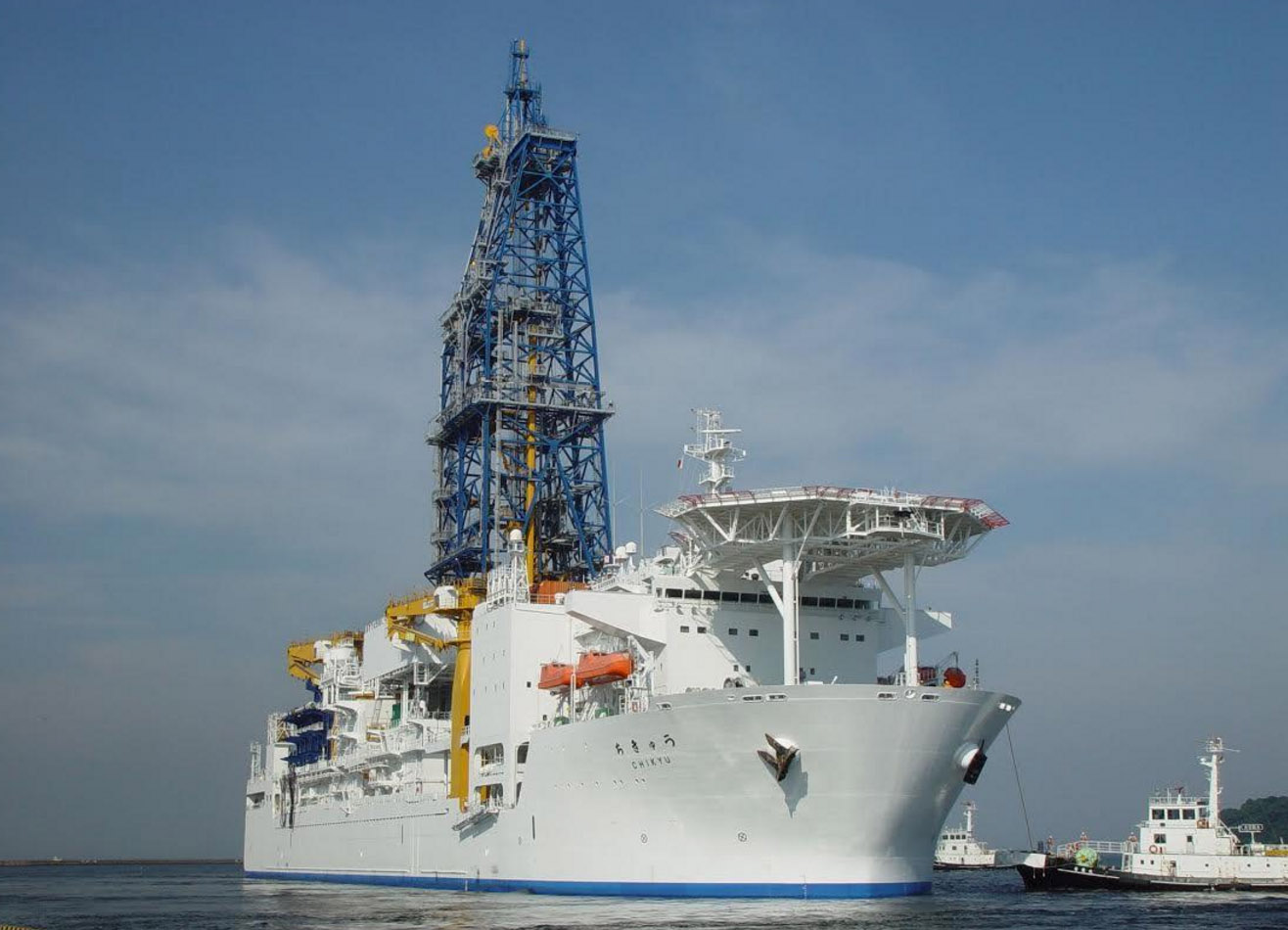
Oil discovery in Bay of Bengal

Scientists have found over 30 billion tons of oil deposits in Bay of Bengal the largest bay in the world, two-and-half times the 13 billion tons of deposits that Iraq has, and almost as much as Saudi Arabia’s one of the world’s largest oil exporters. Despite the find, the gigantic deposits would be far in excess of its domestic needs, and the oil deposits are lying deep within volcanic rock, known as the Deccan Traps.
A research partnership between government of India’s Oil and Natural Gas Corporation (ONGC) on behalf of the Ministry of Petroleum and Natural Gas India, and the Government of Japan The Japan Agency of Marine-Earth Science and Technology (JAMSTEC), and U.S. scientists, United States Geological Survey (USGS) has resulted in a discovery of ‘large deposits of potentially producible gas hydrate’ in the Indian ocean.
The USGS said it has assisted the Government of India in the discovery of large, highly enriched accumulations of natural gas hydrate in the Bay of Bengal, the first discovery of its kind in the Indian Ocean that has the potential for oil exploration and production.
The ice-like combination of natural gas and water found in the world’s oceans and polar regions.
Walter Guidroz the USGS Energy Resources Program coordinator, said “Advances like the Bay of Bengal discovery will help unlock the global energy resource potential of gas hydrates as well as help define the technology needed to safely produce them.” The scientists conducted ocean drilling, convential sediment coring, pressure coring, downhole logging and analytical activities to assess the geologic occurrence and gas hydrate deposits composition in the offshore of India.
